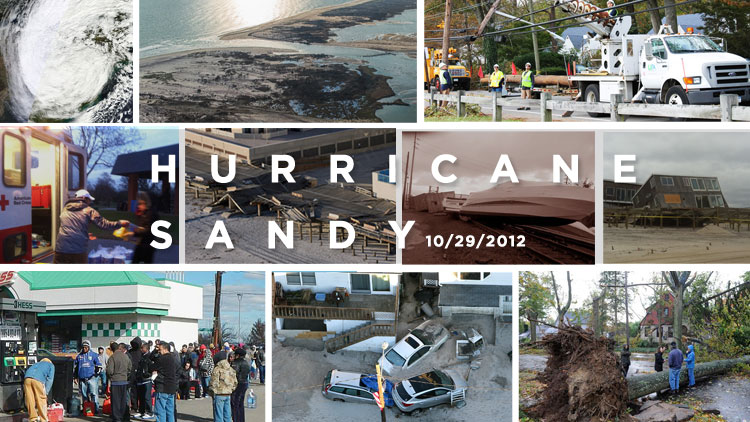Five years after Superstorm Sandy devastated Long Island and much of the tri-state area, questions linger about how transparent federal agencies have been while allocating the $50 billion recovery aid package.
In the year after the Oct. 29, 2012 hurricane hit the region, the U.S. Department of Housing and Urban Development published monthly reports detailing the status of the funds, but in 2014 it transferred its fund-tracking duties to the Federal Emergency Management Agency, where transparency has proven as piecemeal as the agency’s disaster response.
“We need to reform the system and require more transparency to hold FEMA accountable,” U.S. Sen. Kirsten Gillibrand (D-NY) said two years ago when she proposed the Flood Insurance Transparency and Accountability Act. She reintroduced the measure this month. The bill calls for FEMA to set up and maintain a publicly searchable online database that “would include, but would not be limited to” claims data from the FEMA-run National Flood Insurance Program.
Causing $75 billion in damage, Sandy is currently the second costliest Atlantic hurricane on record, topped only by Katrina, although the cost of Harvey, Irma and Maria – the three most recent major hurricanes to hit the United States – has yet to be finalized.
Local home and business owners continue to recover from the storm by elevating homes and commercial buildings. Some of the ongoing taxpayer-funded public works projects designed to storm-harden critical infrastructure include a nearly $1 billion project to renovate the Bay Park Sewage Treatment Plant and the $1.1-billion Fire Island to Montauk Point project, which aims to mitigate future storm damage on the South Shore of eastern Long Island.
Three months after Sandy, Congress approved the recovery package and a month after that, HUD established the Hurricane Sandy Task Force that monitored and publicly posted details on the funding allocated to 19 different agencies. In 2014, HUD partnered with the Recovery Accountability and Transparency Board, the agency tasked with tracking the $700 billion Wall Street bailout, to post detailed data each month online. But the recovery agency declared its job done and closed up shop the following year.
HUD transferred its Sandy aid tracking responsibilities to FEMA in 2014, the same year that the inspector general for FEMA’s parent agency, the Department of Homeland Security, issued a report warning that “FEMA is at risk for mismanagement of federal disaster funds” due to a lack of oversight in its long-term recovery offices that are tasked with evaluating the need for aid. FEMA had added one such long-term recovery office specifically for Sandy.
FEMA implemented recommendations designed to track performance data and develop policies, procedures and performance measures for long-term recovery offices, but the agency has not been publicly posting the status of recovery funds with the same frequency as HUD.
“FEMA does not regularly publish aggregate funding information,” said a spokesman for the agency who noted that FEMA obligated approximately $13.5 billion of the Sandy aid package to agencies in New York State, including $1.6 billion in Nassau County and about $193 million in Suffolk County, but did not say how much of the overall package has yet to be spent.
For an example of why transparency surrounding Sandy aid funding is important, look no further than Nassau County, which awarded a $12.6 million contract to upstart VIP Splash Waterways Recovery Group for waterway debris removal after the storm.
“Serious questions remain on how a company formed in 2013 was selected over three other companies with more extensive experience,” Nassau Comptroller George Maragos said in August, when he referred findings of an audit of the contract to prosecutors.
No charges have been filed in connection with the investigation.































